By Vanessa Ting
There is plenty to consider when creating wholesale and retail price points.
Here are the primary considerations using the most simplest, rudimentary explanation. Note: Pricing for profitability can be more complex. But we are keeping things simple since this is a blog.
1) Bottoms-Up Pricing: Start with your COGS and add in all your other expense line items (e.g., promotions, duties, international shipping, insurance, etc.). Then add your internal profit margin (this is a personal decision). What results is your Wholesale Price. From there, add your retailer margin (most common is keystone at 50%, but it varies by distribution channel and product category) and what results is your Retail Price.
Note that large retailers will request ELC or FOB pricing, if your items are imported. ELC=Estimated Landed Cost (Your wholesale cost with shipping to US included) FOB=Freight On Board (Your wholesale cost assuming the retailer would take ownership of your inventory at the international shipping departure point. Larger retailers usually have better shipping pricing because of the volume they import).
As a checks and balance, you'll want to run the price point above against the next step of "Tops-Down Pricing"
2) Tops-Down Pricing: Look at the brands that would sit beside you on shelf. Look at their claims and benefits. Do they have more "bells and whistles" than your brand? Less? Your market-acceptable price is one that is priced relative to the other brands and where you all fall on the "bells and whistles" spectrum. Remember that most retailers create 3 pricing tiers, called "Good/Better/Best" and you'll want to occupy one of those tiers. And you should aim for a pricing tier that is currently unoccupied. If not, your brand positioning must be significantly differentiated from the other brand in your pricing tier. From whatever retail price point you arrive at based on the competitive landscape, work backwards. Subtract the expected retailer margin to arrive at your wholesale cost.
Compare your Bottoms-Up price points with your Tops-Down price points. They should be in the same ballpark region. If not, you likely have an inflated COGS and need to work on getting those costs down. Or, you've got tons of margin upside (yay!). Unfortunately, margin upside isn't usually the case.
TIP: Again, I'm generalizing tremendously here. Take the above suggestions and apply your own research (starting with Romy's blog post on this same topic) and instincts. And you will be better off than most who fail to do the "Tops-Down Pricing" analysis. Most default to the "Bottoms Up Pricing" method only and end up with retail price points that are not sustainable or rejected by consumers and consequently, retail buyers.
3) Test-And-Learn: Most importantly, test your pricing. Test it online or in a "test and learn" set of stores. My clients are familiar with the tremendous value of "test and learns".
4) Channel Pricing: Don't forget to create MAP policies (Minimum Advertised Price) and wholesale costs and retail pricing by channel. Your pricing (and in some cases, product configuration) should differ by retail channel. See my LinkedIN post on the topic of channel management.
